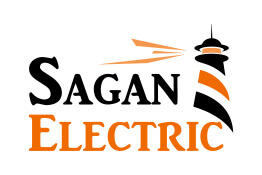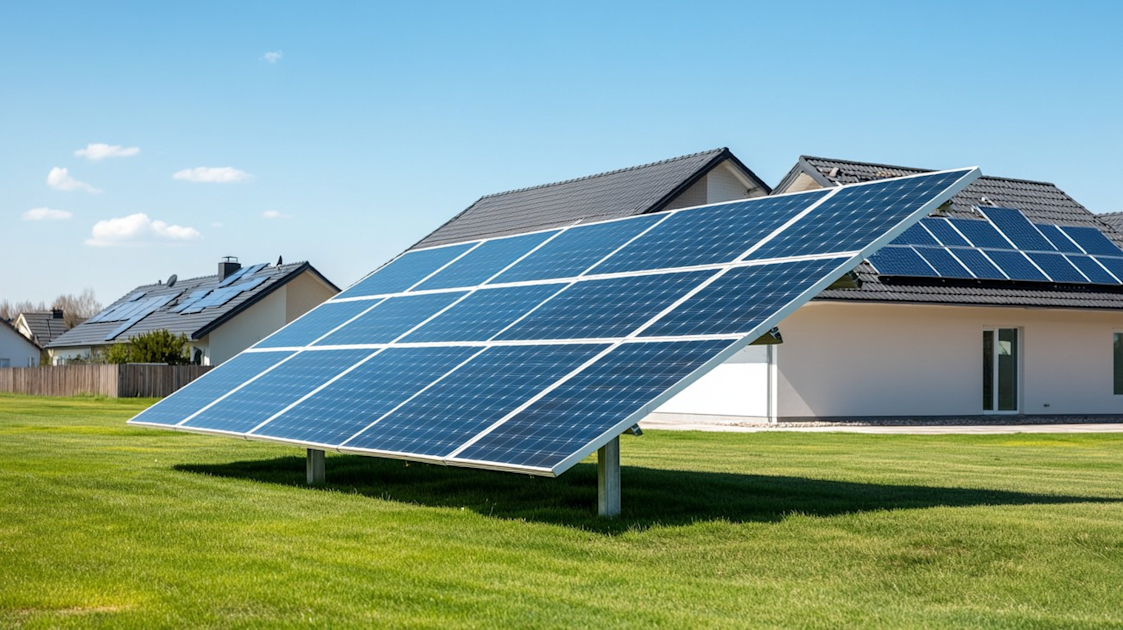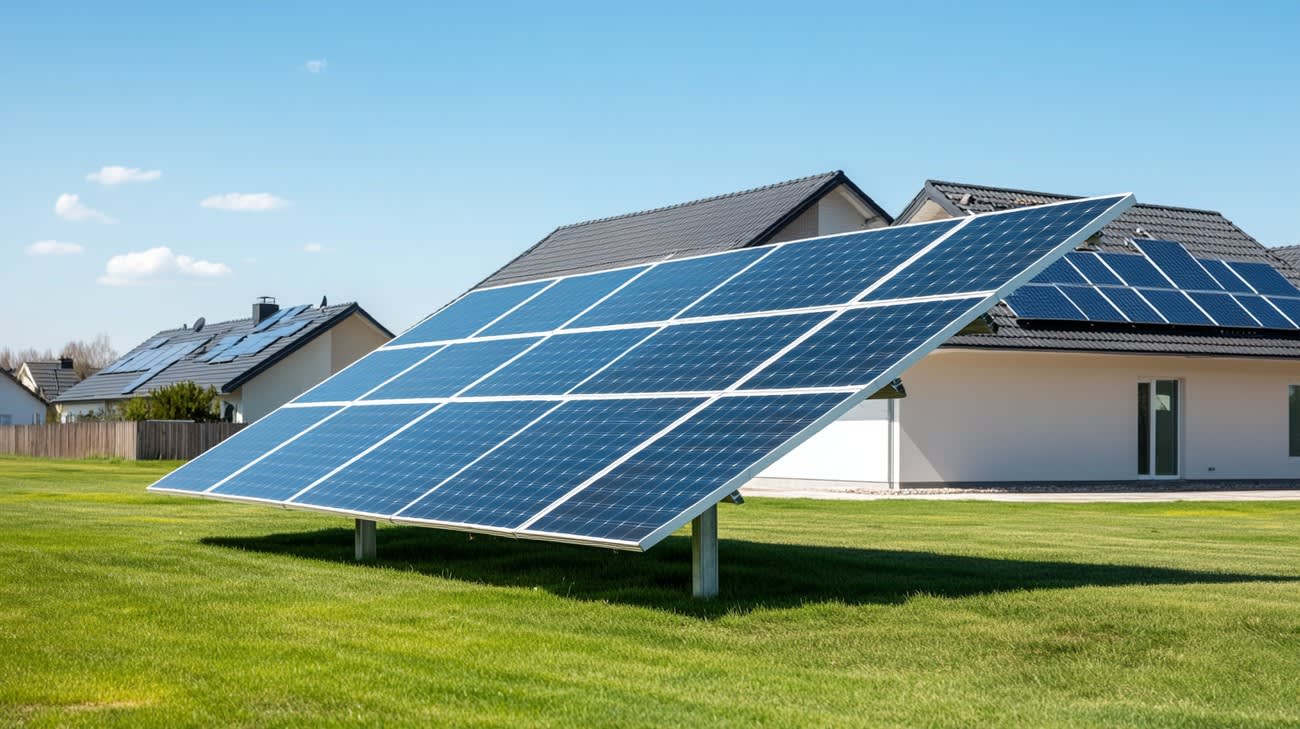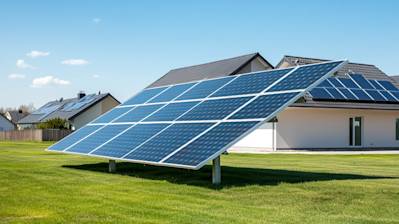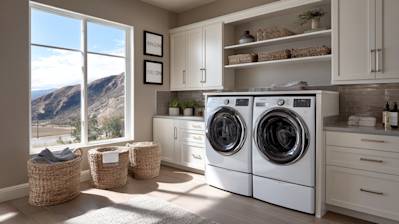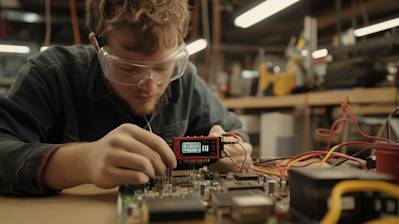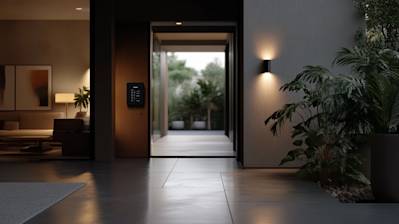Solar energy is sustainability's shining star, providing a renewable, abundant, and significantly beneficial source of power that's reshaping our approach to energy consumption. From decreased electricity bills to shrinking carbon footprints, installing solar panels holds immense potential for both residences and businesses. This comprehensive guide to solar installation provides essential information to help understand the process, considerations, and benefits of transitioning to solar energy.
Understanding Solar Energy
Firstly, it's important to understand how solar energy works. Solar panels, also known as photovoltaic (PV) panels, convert sunlight into electricity. As sunlight hits these panels, energy is transferred to the atoms in the solar cells, causing electrons to break free. These electrons moving create an electric circuit that can be used to power your home or business.
Types of Solar Panel Installations
There are two main types of solar installations:
- Grid-Tied Systems: This is the most common type. It involves your solar panel system being connected to your local electricity grid. Thus, if your system generates excess electricity, it can be fed back into the grid for a credit on your energy bill.
- Off-Grid Systems: Here, the solar panel system operates independently from the grid, storing excess electricity in batteries for future use. It’s perfect for remote locations without reliable access to the grid.
Preparing for Solar Panel Installation
Before getting started with solar installation, there are few considerations to be aware of.
Assessing Your Energy Needs
A crucial step in the solar installation process is understanding your energy needs, and this can be determined by reviewing your electricity bill over the past year. The goal is to install enough panels to meet your energy consumption needs.
Checking the Solar Potential of Your Property
Not every property is suitable for solar installation. Factors such as roof size, roof shading, roof direction, and local climate can impact the amount of sunlight your solar panels will receive. Solar site assessors can perform this analysis for you.
Choosing the Right Solar Installer
Finding a reputable solar installer is valuable. Look out for credible certifications, proven track records, and positive customer reviews.
The Solar Installation Process
Here's a typical step-by-step process for solar installation:
- Site Assessment: A professional installer visits the property to examine the roof and evaluate whether it's suitable for installation.
- System Design: Based on the site assessment, the solar installer will design a solar panel system that meets your energy needs and property specifications.
- Permitting: The solar installer will usually handle the necessary paperwork for local permits and grid connection.
- Installation: Professional installers will mount solar panels onto your roof, connect the system to an inverter, and wire it into your electricity panel.
- Inspection & Interconnection: A final inspection is required by your utility company before the solar system can be connected to the grid.
Maintenance and Monitoring
Routine inspection and timely maintenance can ensure prolonged efficiency of your solar panel system. Additionally, use of solar monitoring systems can help keep track of how much electricity is produced, and identify any issues in the system.
Solar Installation's Impact on Property Values
Homes and businesses with solar installations often command higher resale values. They're appreciated for their established energy-saving systems and reduced electricity bills. Furthermore, as demand for sustainable properties increases, so too does the value of solar-equipped properties.
Financing Options for Solar Installation
Thankfully, going solar is more affordable and accessible than ever. Various financing options exist for solar installations such as:
- Solar loans
- Leasing or power purchase agreements (PPAs)
- Local, state, or federal tax credits and incentives
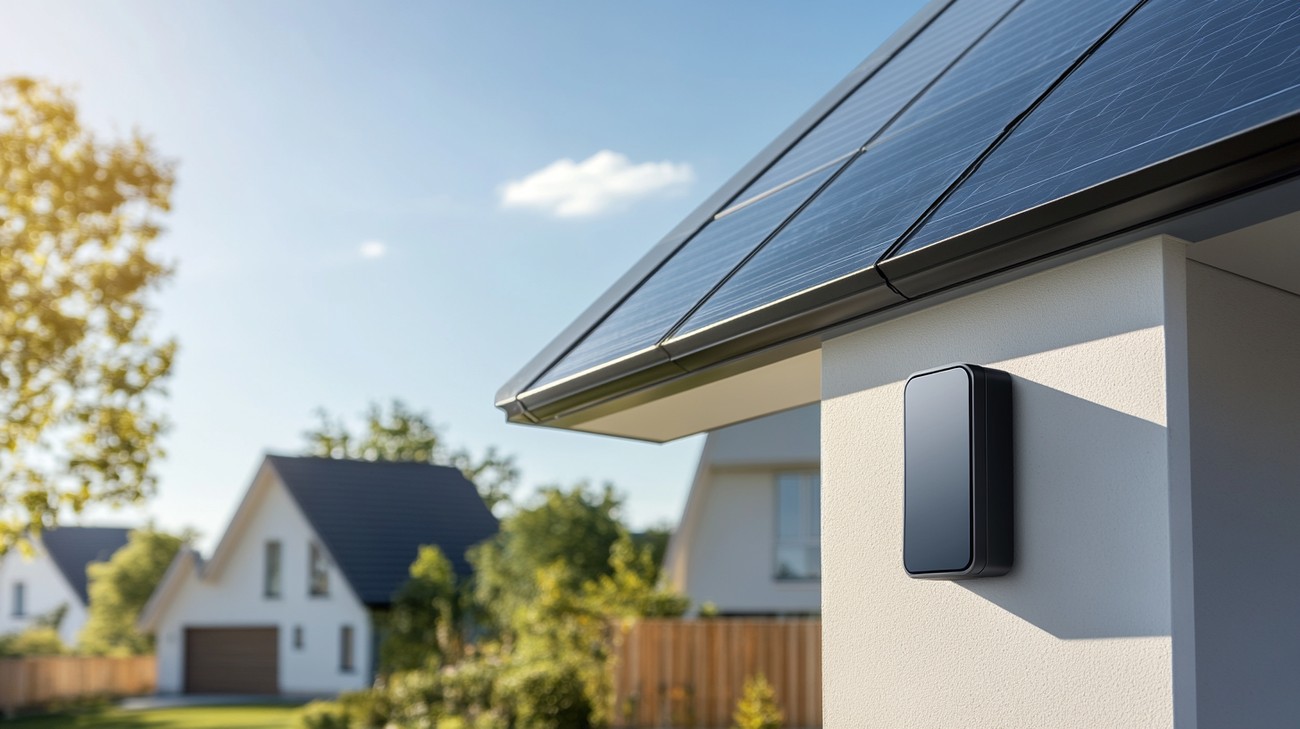
Frequently Asked Questions about Solar Installation
What Does the Solar Installation Process Entail?
The solar installation process starts with a site assessment where the installer checks the location for solar viability. If the location is suitable, the design and planning phase begins followed by obtaining the necessary permits. Once these are approved, the actual solar panel installation happens, which usually takes 1-2 days depending on the size of the system. After installation, inspections are made and the system is then connected to the grid.
Are all Roofs Suitable for Solar Installation?
While most roofs can accommodate solar installations, the ideal roof is one with little to no shade and a south-facing exposure. The condition of the roof also matters, with new or recently renovated roofs being the best choices. Flat roofs as well are suitable for solar installations. It is advisable to consult with a solar installer for a comprehensive roof evaluation.
Can I Install Solar Panels by Myself?
While you can theoretically install solar panels by yourself, it is not recommended. Professional solar installation companies ensure that your system is correctly installed according to specific manufacturer requirements, and they help in securing necessary permits. They're also experienced in dealing with potentially dangerous electrical work and roof climbs.
How Long Does it Take to Install a Solar System?
The length of the solar installation process depends on several factors like the size and complexity of the system, the condition of your roof, and how quickly the necessary permits are granted. On average, you can expect the installation process to take anywhere from 1 to 3 months from the initial site assessment to system activation.
Costing and Financing
How Much Does a Solar Installation Cost?
The cost of solar installation varies depending on a number of factors including the size of your home, your energy consumption, the size of the system, and the state and local incentives available. However, as a ballpark figure, the average cost of a residential solar system in the U.S. can range from $15,000 to $30,000 before federal, state or local incentives.
Are there Financing Options Available for Solar Installation?
Yes, there are various financing options for solar installations. These include solar loans, solar lease/PPAs, and solar incentive programs. It's best to consult with a solar provider or financial advisor to determine the best financing options for your situation.
Does Solar Installation Increase Home Value?
Research conducted by the U.S. Department of Energy's Lawrence Berkeley Laboratory found that homes with solar energy systems are sold at a premium compared to homes without such systems.
Post-Installation
How do I Maintain My Solar Installation?
Solar panels require minimal maintenance. A simple cleaning once or twice a year should suffice for most regions. However, it's important to periodically check on your system and notify your solar installer if there are any major changes in energy production.
What Happens if My Solar System Generates More Electricity Than I Use?
Your solar system is connected to the grid, so when you generate more electricity than you use, the surplus is sent back to the grid. In return, you may receive credits from your utility company through a billing mechanism called net metering.
General Information
Are Solar Installation and Solar Energy the Same Thing?
No, they're not the same thing. Solar installation refers to the process of putting in place solar panels, inverters, and other equipment to harness solar energy which can then be used to generate electricity or heat or both.

Pros of Solar Installation
Environmental Impact
Reduces Carbon Footprint
One of the most significant benefits of solar installations is the reduction in greenhouse gasses. Traditional methods of generating electricity contribute significantly to global warming, while solar power produces negligible greenhouse gas emissions once installed, thereby helping to combat climate change.
Renewable Energy Source
Solar energy is a renewable source of power; as long as there's sunlight, you can generate electricity. However, even on overcast days, many solar panel installations can still generate a considerable amount of power.
Economic Benefits
Lower Energy Bills
Over time, solar panels can reduce your reliance on external power resources, thereby lowering your energy bills – sometimes dramatically. On sunny days, they can even produce more energy than your home requires, letting you potentially export the surplus back to the grid and make a profit.
Improved Property Value
Having a solar installation can enhance your home's market value. As more people become environmentally conscious, houses with a solar system tend to be more attractive to prospective buyers.
Government Incentives
Many governments encourage solar installation by providing grants, tax incentives, or other financial benefits. This not only helps offset the initial cost of installation but may also yield ongoing financial rewards.
Energy Independence
With a solar installation, you can become less dependent on conventional power sources. This can be an attractive pro in areas where power supplies are unreliable or where there might be political issues around energy provision.
Cons of Solar Installation
Initial Installment Costs
High Upfront Costs
Although costs are coming down, the initial cost of solar panel installation can be high. This includes the cost of the panels themselves, inverters, batteries, wiring, and installation labor costs.
Requires Specific Conditions
Dependence on Sunlight
Solar panels need sunlight to generate electricity. Therefore, they may not be effective in areas with limited sun exposure, be it due to geographical locations, buildings, or trees' shadows.
Space Requirement
For a solar installation to make a significant impact on your energy bills, it may require a sizeable area. This limits people living in apartments or houses with limited roof or yard space.
Maintenance and Lifespan
Regular Maintenance
Solar installations, especially solar panels, need periodic cleaning to perform efficiently. While these activities aren’t necessarily expensive, they can be inconvenient and require time and effort.
Component Lifespan
The components in a solar power system, especially batteries and inverters, often have a limited lifespan and may require replacement before the solar panels themselves. These additional costs need to be factored into the total cost of ownership.
Aesthetic and Architectural Considerations
Some people find solar installations to be unsightly and feel they can detract from the appearance of their homes. There may also be homeowner association rules or local regulations around where panels can be placed, adding complications to the installation process.
The Ecological Impact of Production
While solar power is a renewable energy source, the production of solar panels involves extracting and refining raw materials, which can have negative environmental impacts. It’s therefore important to consider the entire lifecycle of the system when discussing its environmental benefits.

Myths and Misconceptions about Solar Installation
Solar installation refers to the process of equipping a building or property with solar panels to generate electricity. As technology advances, solar energy is becoming increasingly popular. However, with this widespread popularity comes a series of myths and misconceptions. Though solar technology has been around for over half a century, there are still numerous misconceptions surrounding solar energy and its installation process.
1. Myth: Solar Installation is only for Sunny Locations
Many people assume that solar installation is only beneficial in regions with plenty of sunlight. This is simply not true. While solar panels do require sunlight to generate electricity, they are not entirely dependent on it. They can generate significant power on cloudy or overcast days, meaning locations with less annual sunshine can still take advantage of solar energy.
2. Myth: Solar Installation is Expensive
While the upfront costs of solar installation can be high, they are often recouped over time through savings on electricity bills. The cost of solar panels has fallen sharply over the years, making it more affordable for people. Moreover, various government incentives, credits, and grants can reduce the overall cost, making solar energy a financially viable option for many households and businesses.
3. Myth: Solar Panels will Damage the Roof
Some people hesitate to install solar panels, fearing that their roof will be damaged. However, with a professional installation, solar panels can actually protect and preserve the portion of the roof they cover. In fact, most solar mounting systems are designed to be completely harmless to the roof, with panels elevated off the roof surface to avoid any issues.
4. Myth: Solar Panels Require too much Maintenance
Solar panels are designed to withstand all sorts of weather conditions, from scorching heat to heavy snowfall. They are built to be highly durable and require very little maintenance. In most cases, an occasional cleaning will suffice. Also, many solar installations come with lengthy warranties, ensuring any potential issues can be taken care of without added expense.
5. Myth: Solar Panels Decrease Property Value
This is a common misconception that counters the reality. Multiple studies have shown that homes equipped with solar panel systems actually have higher property values and sell more quickly than non-solar homes. Solar panels can be a valuable selling point for future buyers looking to save on energy costs.
6. Myth: Solar Energy only Provides Power during the Day
While it's true that solar panels only generate electricity when the sun is shining, this doesn't mean you're left without power after sunset. Most solar energy systems are connected to the grid and can draw energy when the panels aren't producing. Additionally, excess energy produced during the day can be stored in batteries for use at night or during periods with less sunshine.
7. Myth: Solar Power is not Reliable or Efficient
Contrary to this common belief, solar power is both reliable and efficient. Even on cloudy days, solar panels can still generate power. As long as there is light, your solar panels will produce electricity. As technology continues to improve, the efficiency of solar panels is only expected to increase.
8. Myth: Solar Installation is Complicated
Solar installation might seem overwhelming, but in reality, professional installers can complete the process quickly and with minimal disruption to the property. Moreover, they handle all the paperwork, including permits and applications for rebates and incentives.
Solar installation is an exciting prospect for many, and understanding the facts can help you make an informed decision. It's time to look past these myths and misconceptions, and to embrace the potential of solar power.
Summary
Undoubtedly, the move towards solar installation is essentially a step towards a more sustainable and efficient lifestyle. Putting up solar panels doesn't just lighten up your house, it also lights up the opportunity to contribute to a healthier planet. More so, with the steady drop in the price of solar panels over the years, it has become increasingly affordable for homeowners, small businesses, and even large corporations.
Of course, the benefits of solar installation go beyond the environmental impact. Think about the long-term cost savings - it's enough to make anyone seriously consider switching. Not to forget, there's a certain level of energy independence that comes with producing your own power. No longer do you have to solely depend on the grid. When the sun's out, your panels are working to power your home and possibly store extra energy for later.
There's also a great sense of community that comes with solar installation. You're not just one household making a change, but part of a growing network of people across the world committed to cleaner energy sources. More than ever, the world is recognizing the need to invest in renewable energy sources. Each solar panel installed is a vote for a more responsible energy policy and a healthier future. It's truly a decision that benefits everyone involved.
About Sagan Electric
Sagan Electric is your friendly neighborhood electrical company located in the heart of Sacramento, CA. For several years, we've been lighting up homes and businesses with top-notch electrical services. Our team of professional electricians, committed to keeping everything running smoothly, are known for their dedication, quick response, and an exceptional eye for detail. At Sagan Electric, we take pride not just in the quality of our work, but also in how we make every client feel - valued and appreciated. We are always ready to go above and beyond to meet your electrical needs, whether it's a simple repair or a complex installation. Contact us and let us brighten up your day!
Tags: Renewable energy, Clean energy, Sustainability,
